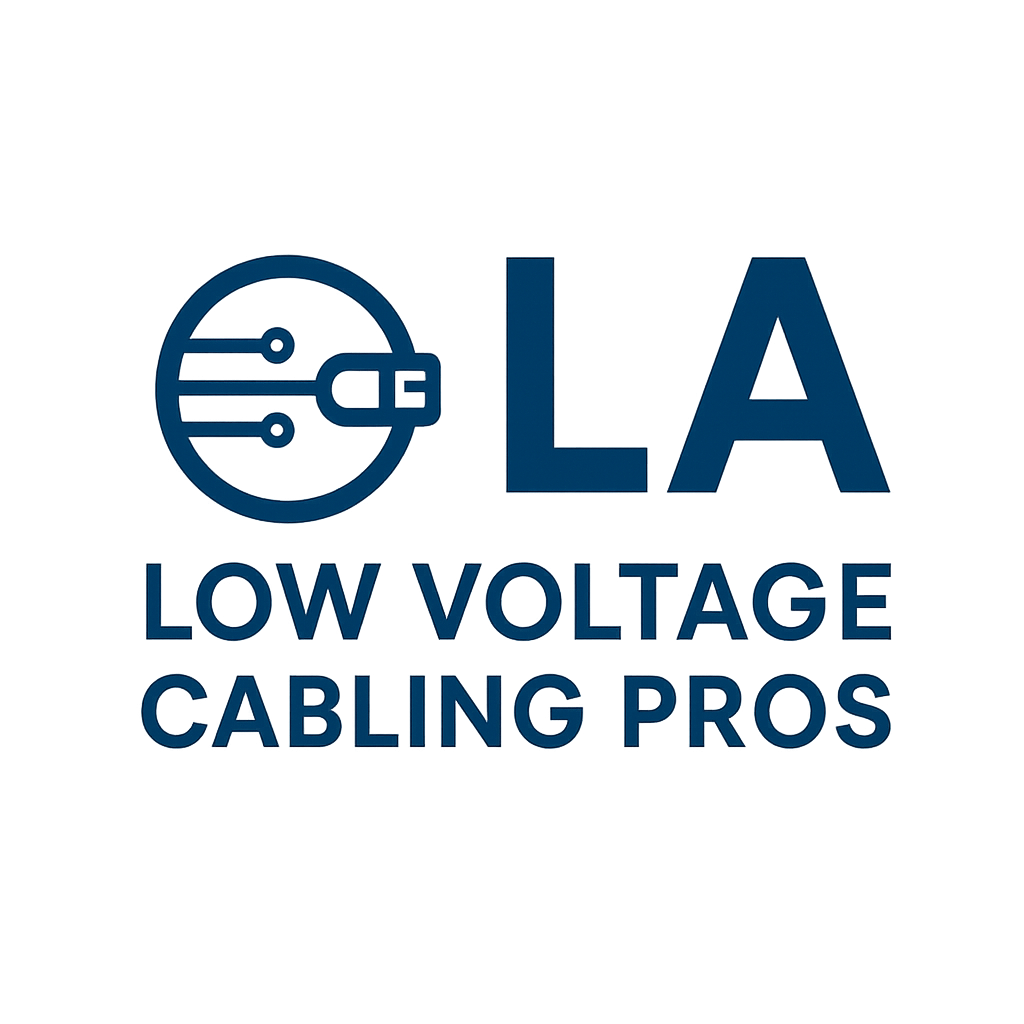How to Get a Low Voltage License in California: Step-by-Step Guide for Installers
If you’re planning to start a business or career in low voltage wiring—like security systems, structured cabling, or audiovisual installations—getting your low voltage license in California is the first step. This license ensures you’re legally authorized to perform low voltage work and demonstrates that you understand California’s building codes, safety standards, and electrical laws.
In this guide, we’ll walk you through everything you need to know about getting a C-7 Low Voltage Systems Contractor License from start to finish. Working with experienced low voltage contractors in Los Angeles ensures your installations meet state licensing standards and safety requirements.
What Is a Low Voltage License in California?
A low voltage license (classified as C-7 by the California Contractors State License Board, or CSLB) allows you to install, service, and maintain systems that operate at 91 volts or less.
This includes a wide range of systems, such as:
- Security cameras (CCTV) and alarm systems
- Structured cabling and data networks (Cat5e, Cat6, Cat6a)
- Audio and video systems
- Access control and intercom systems
- Telephone and communication wiring
- Fire and life safety devices (under supervision)
Holding a C-7 license shows clients and employers that you’re qualified to safely handle low voltage projects that support today’s technology-driven environments.
Who Needs a C-7 Low Voltage License?
You need this license if you:
- Run a low voltage installation business in California
- Plan to bid or contract for jobs valued at $500 or more (labor and materials combined)
- Want to legally advertise your services as a low voltage contractor
- Work on commercial, residential, or industrial cabling or system integration projects
If you’re an employee working under a licensed contractor, you don’t need your own license—but business owners and subcontractors do.
Step-by-Step: How to Get Your Low Voltage License in California
Here’s a clear breakdown of how to become a licensed low voltage contractor in California:
1. Meet the Basic Requirements
Before applying, make sure you qualify. You must:
- Be at least 18 years old
- Have four years of journeyman-level experience in low voltage systems
- Have a valid Social Security Number or ITIN
- Meet financial responsibility standards (no bankruptcies or unresolved judgments)
If you don’t yet have four years of experience, you can still start as an apprentice or work under a licensed contractor until you qualify.
2. Submit the CSLB License Application
You’ll apply through the California Contractors State License Board (CSLB).
Here’s what you’ll need to do:
- Complete the Application for Original Contractor License (Form 13L-1)
- Pay the application processing fee (currently around $450)
- Provide documentation of your work experience (letters, contracts, or supervisor verification)
- Choose a business name and structure (sole proprietor, LLC, corporation, etc.)
Once approved, you’ll receive a Notice to Appear for Examination.
3. Pass the Required Exams
You must pass two exams:
- Law & Business Exam – Covers contract law, employment regulations, and safety.
- Trade Exam for C-7 Low Voltage Systems – Focuses on installation, wiring, testing, and system integration.
Both tests are multiple-choice and conducted by PSI, the CSLB’s testing provider. You can take them at various test centers across California.
Pro tip: Study the CSLB’s official Study Guide for the C-7 Exam and consider an online prep course to boost your chances of passing on the first try. Before applying for your license, it’s important to understand the Los Angeles building codes for low-voltage systems to ensure full compliance.
4. Complete Fingerprinting and Background Check
After passing both exams, you’ll need to undergo Live Scan fingerprinting and a criminal background check.
This step helps the CSLB ensure all license holders meet ethical and safety standards.
5. Obtain a Contractor Bond and Insurance
Before your license is issued, you must file:
- A $25,000 contractor bond
- Workers’ compensation insurance (if you have employees)
- General liability insurance (recommended but not always required)
These financial safeguards protect clients and employees if something goes wrong on a job site.
6. Receive Your License and Start Working
Once all requirements are met and verified, the CSLB will issue your C-7 Low Voltage Systems License.
You’re now legally authorized to take on low voltage projects anywhere in California.
Your license will need to be renewed every two years, so be sure to keep your records and bond active to avoid suspension.
How Long Does It Take to Get a Low Voltage License?
The process typically takes 2 to 4 months, depending on:
- Application processing time
- Exam scheduling
- Background check results
- Bond and insurance setup
Starting your paperwork and exam prep early helps you get licensed faster. Once you’re licensed, you’ll be qualified to handle projects like network wiring for offices in Los Angeles, which require precision and adherence to safety codes.
Tips for Passing the C-7 Exam
- Study consistently for at least 2–4 weeks before the test
- Use official CSLB study materials and reputable prep guides
- Focus on California-specific laws and safety codes
- Review wiring diagrams, schematics, and installation best practices
- Take practice exams to get familiar with test format and timing
Why Getting Licensed Matters
Having a low voltage license sets you apart from unlicensed installers and gives your clients confidence in your skills. It also helps you:
- Legally advertise and bid for projects
- Qualify for higher-paying commercial jobs
- Build partnerships with larger contractors
- Avoid fines and legal issues for unlicensed work
It’s an investment in your professional credibility and long-term success.
